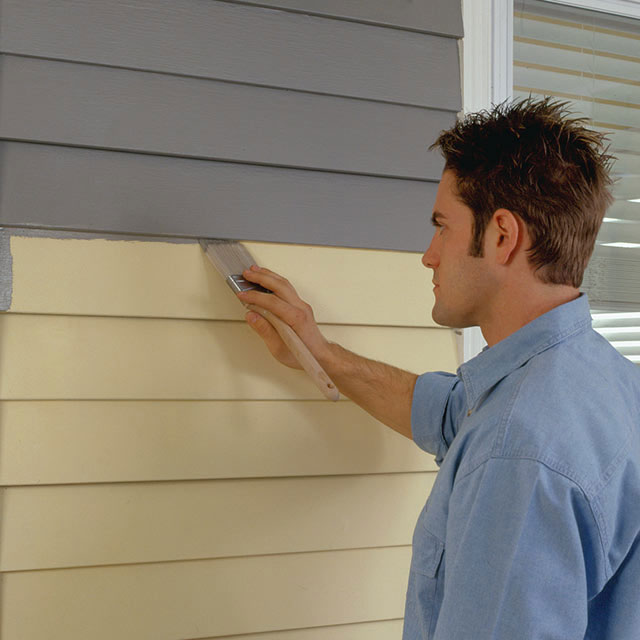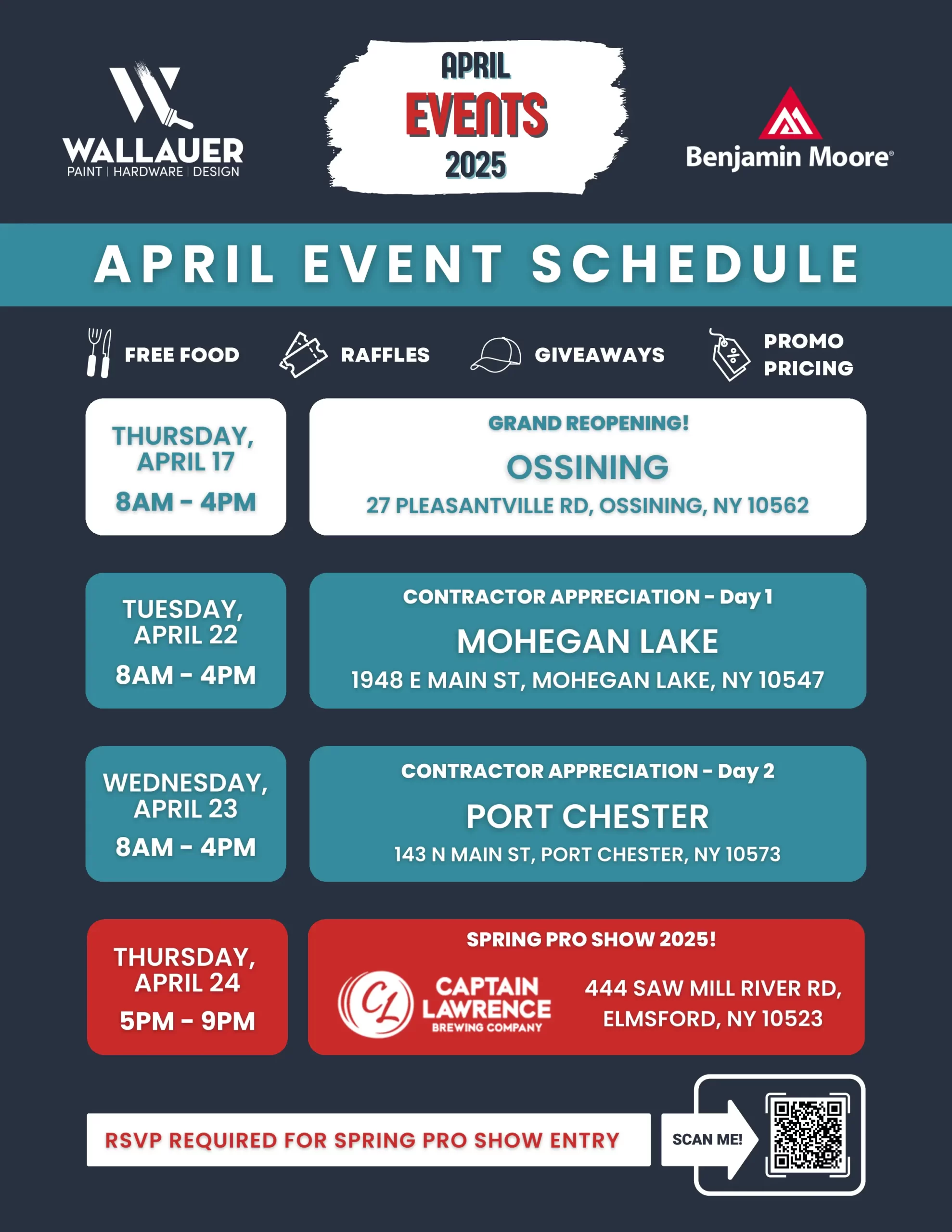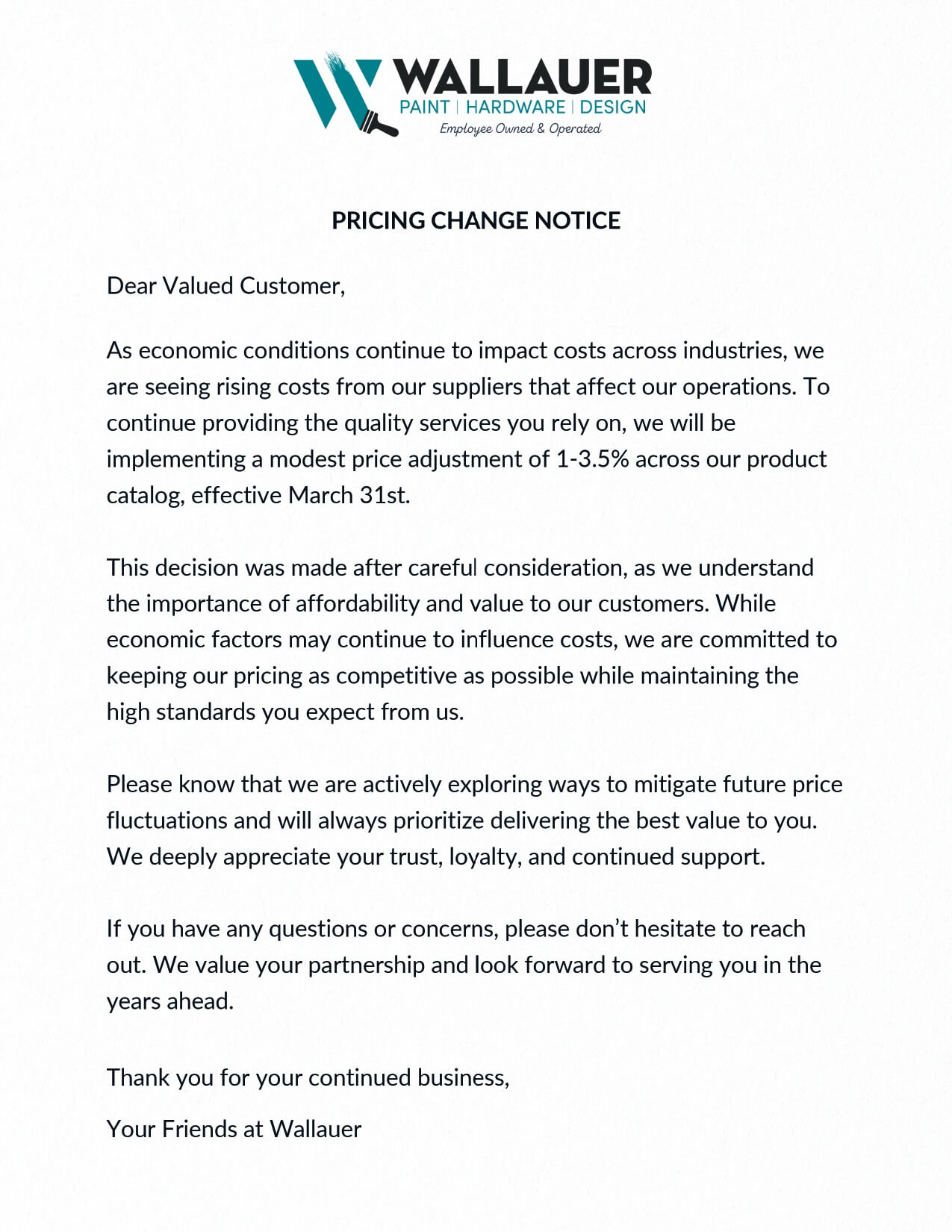As the cold weather descends upon many parts of the country, you may be wondering: How cold is too cold to paint?
By Diane Franklin
If you’re trying to get one final painting or staining project in before the onset of winter, you may be wondering what the experts say about how low the thermometer can go before an exterior project becomes inadvisable.
Paint Parameters
The first place to look for advice is on the paint can itself. Paint manufacturers will list on the labels of their exterior paint. Typically they’ll advise that you should not paint if the air and surface temperature is 35 degrees or lower, though a minimum of 50 degrees is actually better. You have to pay attention to the daytime temperature when you’re actually doing the painting as well as how low the temperature might drop overnight. If the temperature is 50 degrees when you’re painting but is due to drop down to below 35 at night, that could adversely affect a paint that is not fully cured by the time the sun goes down.
That’s why it’s a good idea to check not only the day’s forecast but also the forecast for that night and the following day as well. Choose a time frame that is warm enough and with no rain in the forecast for at least a couple of days. There are a few additional variables you need to consider, such as whether your painting project is mostly in the sun or in the shade, as that can affect drying time. If you have lots of shade trees affecting the surface, you may want to factor in additional time for a frost-free and rain-free forecast, just to be sure.
Keep in mind that a painting project may take longer than you think in mid- to late autumn. First you will have to clean the surface, removing dirt, grime and mildew. You may need to use a house wash or a pressure washer to clean the surface thoroughly, and then you will have to make sure the surface is thoroughly dry before proceeding. The dry time will take longer when the temperatures are cooler, especially on days when the sun is setting at an earlier hour.
After you clean the surface, you may need to prime before proceeding with two coats of exterior paint. You may be able to expedite the process by choosing a self-priming paint. However, overall you can expect a longer dry time than if you were painting in the hotter months of summer and early fall.
Staining Parameters
Stain manufacturers likewise advise that you not use their products when the temperatures get too cold. Typically, it’s best to stain your deck when the temperature is between 50 and 80 degrees. You want to make very sure that the temperature doesn’t drop too low at night—anything below 35 degrees would really be pushing it. If the temperature drops too low, the stain may lose adhesion or not penetrate the surface properly.
Even in the fall, there are various application rules to keep in mind when staining your deck. Don’t apply the stain in direct sunlight, when rain is in the forecast or when the humidity is high. Cooler temperatures and high humidity are going to increase the dry time—and if you have those two conditions together, it actually could take twice as long for the stain to dry. Extending the dry time could lead to all sorts of complications in the fall, such as blowing leaves or other debris that could greatly mar the deck’s appearance.
Keep Your Eye on the Forecast
Sometimes you have no choice but to paint or stain an exterior surface this late in the year, but if you must do it, be a diligent forecast watcher. Confirm that the temperature will stay well above the freezing mark for the duration of your project and that other weather conditions, such as precipitation and high humidity, won’t come along to spoil your results.

 Interior Paints
Interior Paints Exterior Paints
Exterior Paints Primers
Primers Stains & Clears
Stains & Clears
 Paint Brushes
Paint Brushes Paint Roller
Paint Roller Paint Trays & Liners
Paint Trays & Liners



